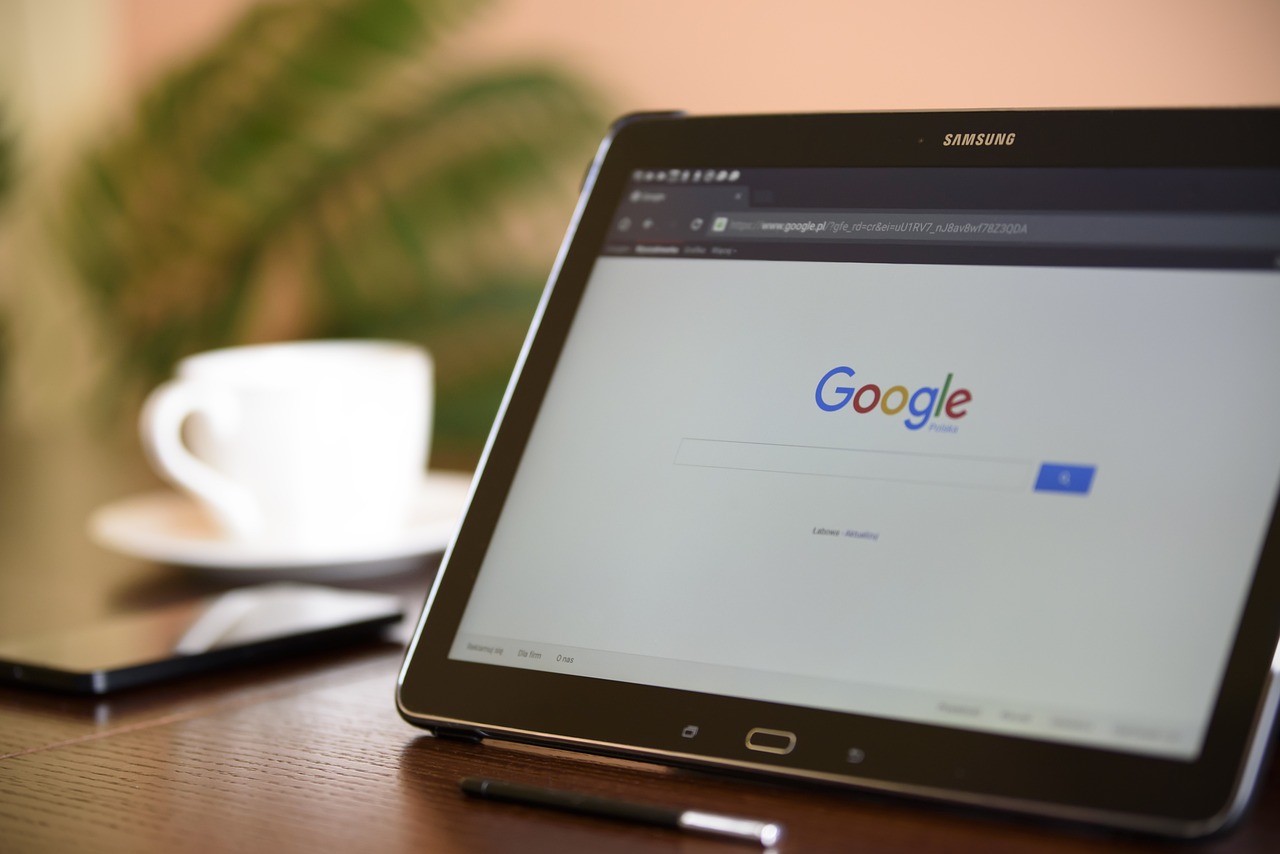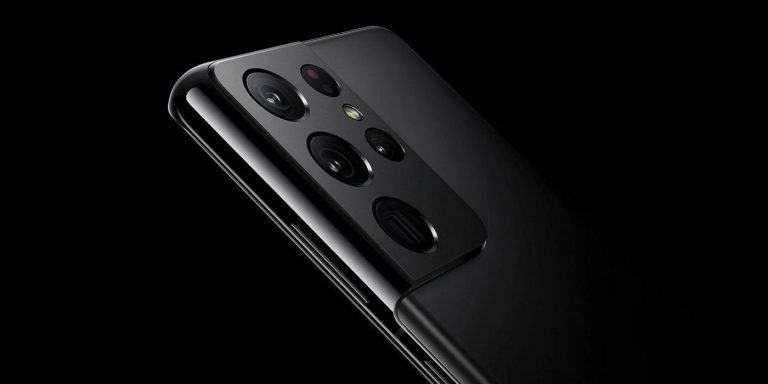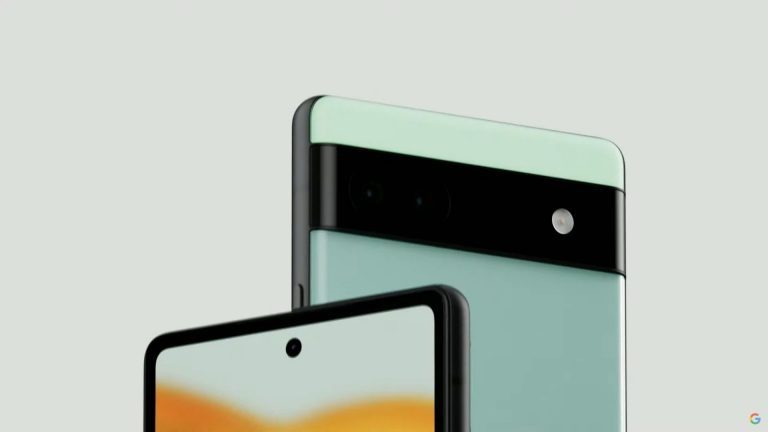How To Use Google Search By Image Effectively

Introduction
Google search has been around for over ten years now. Over time, it is more and more challenging to come up with those key phrases that can only be found through Google.
However, there are many ways of finding an image based on a topic or keyword you are looking for. This article offers tips on how to use google search by image effectively.
How To Use Google’s Basic & Advanced Search By Image?
Image search is a powerful way to find information on the web. When you use Image lookup google search, you can access images from many different sources, including Google’s search results, websites, blogs, and photos taken with a camera or phone.
To use reverse image search effectively, first identify the type of image you are looking for. You can use either basic or advanced image search features to find the required things.
Basic Image Search
To use basic image search features, browse through the images on Google.com. Then enter the keyword into the “Search field” at the top of the page and click “Enter.” The results will show images that include your keyword in the title or description.
Advanced Image Search
You can use advanced image search features if you want to find specific types of images (for example, photos of people). First, click on the “Images” button in the toolbar at the top of any Google page.
Then enter your keyword into the “Search field” at the top of the Images page and click “Enter.” The results will show images that include your keyword either in the title or in one of its tags (for example, people).
Next, decide which type of image you are looking for. You can browse through thumbnail images or full-sized versions of each result for desired results.
Step Gudie for Google Image Search
To get started, type a few keywords into the Google search bar and click on the Images option at the top of the results page. It will display a collection of photos related to your search terms.
Next, select the images you want to use from this list. You can either click on each image to see a larger version if it’s available or uses the selection tools in the bottom left corner of the screen to choose multiple images.
Once you’ve selected your images, add them to your post by clicking on the “Add an Image” button next to their titles. It will open up a new window where you can paste in the image URL and other pertinent information.
Finally, ensure you include a link to each image in your post so readers can access them easily. Include a copyright statement if you’re using an image not licensed for public distribution.
Benefits of Using Google Image Search
Easily Identify & Track Images
It helps you to identify and track images quickly. You can either search by entering an image URL or uploading a photo directly from your computer.
Get More Accurate Results
You can get more accurate results with Google Image Search than with regular search engine searches. It is because Google will compare the image data to similar images in its database to find more relevant and accurate results.
Find Copyright Information
This feature can also help you to find copyright information about an image. It is helpful to find out who owns the rights to an image or if you want to ensure you are not infringing on someone else’s copyright.
Better for Visual Searches
It is also great for visual searches. If you are looking for an image that matches a specific look or style, you can use the search-by-image feature to narrow your search results.
Access to Image Metadata
Google Image Search also gives you access to the image metadata, such as the image’s date, size, and resolution. This can be helpful when trying to find an image matching specific criteria.
Conclusion
Google Search by Image is a handy tool to help you find the perfect image for your blog post or website. Using the basic and advanced search features, you can quickly identify and track images, get more accurate results, and find copyright information.
Additionally, it is excellent for visual searches and provides access to image metadata. With these tips, you can use this feature more effectively to find the perfect image for your content.
References:
- Advanced image recognition: a fully automated, high-accuracy photo-identification matching system for humpback whales
https://link.springer.com/article/10.1007/s42991-021-00180-9
Published: 07 December 2021
- Google Search as an Additional Source in Systematic Reviews
https://link.springer.com/article/10.1007/s11948-017-0010-4
Published: 16 December 2017
- An active testing model for tracking roads in satellite images






